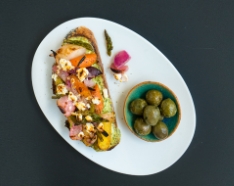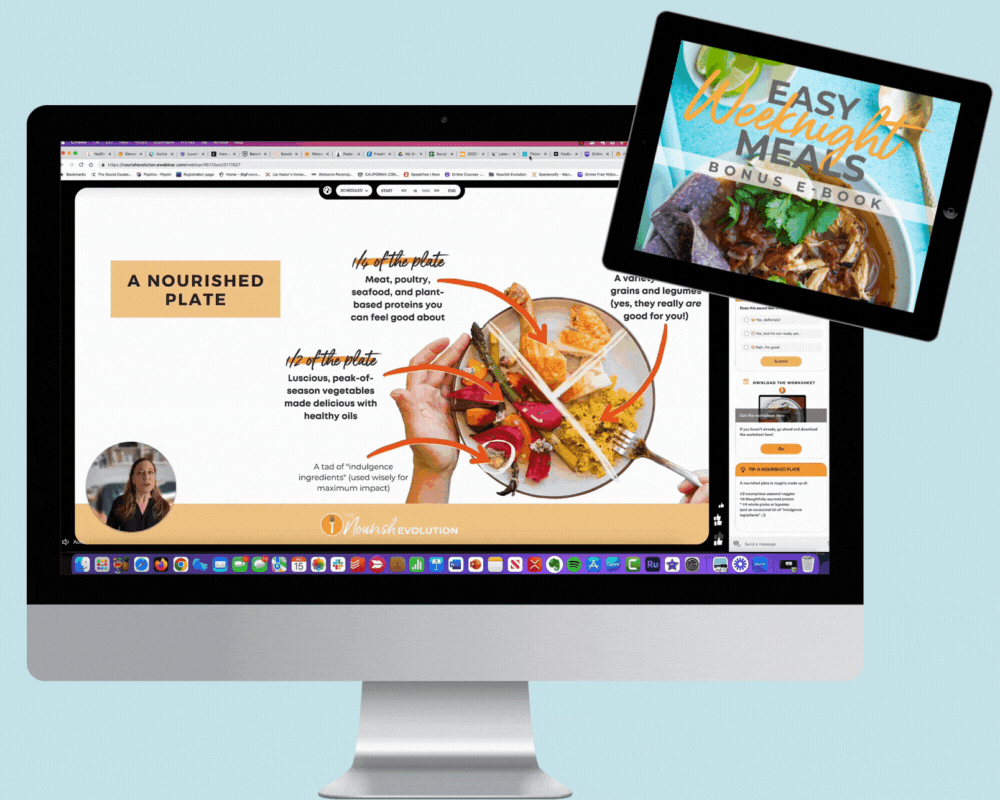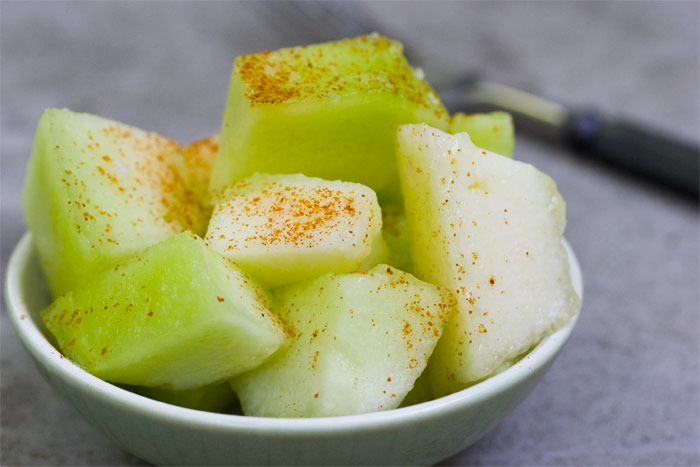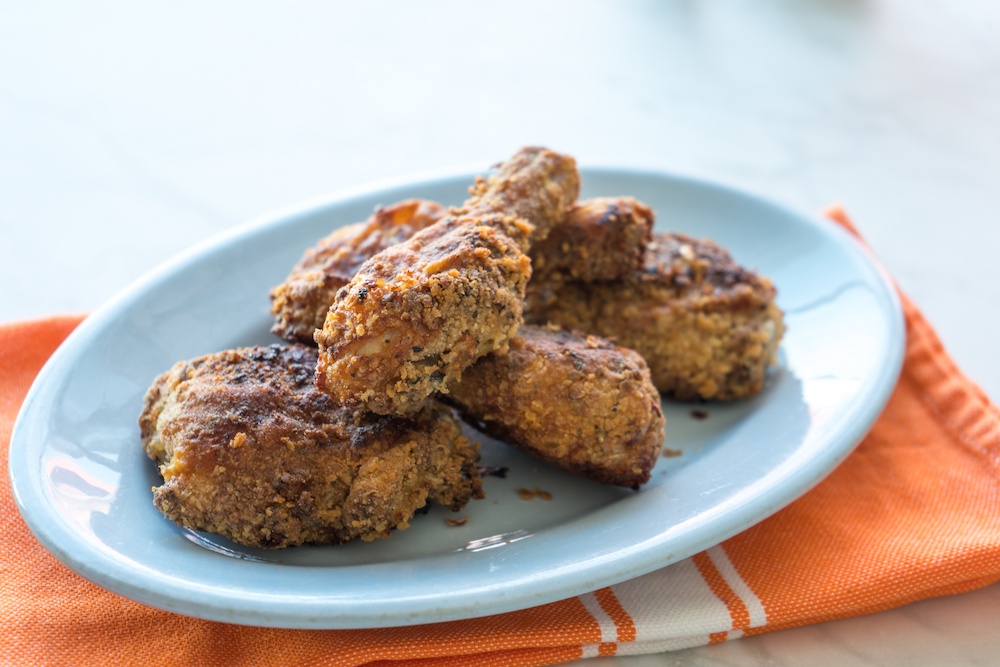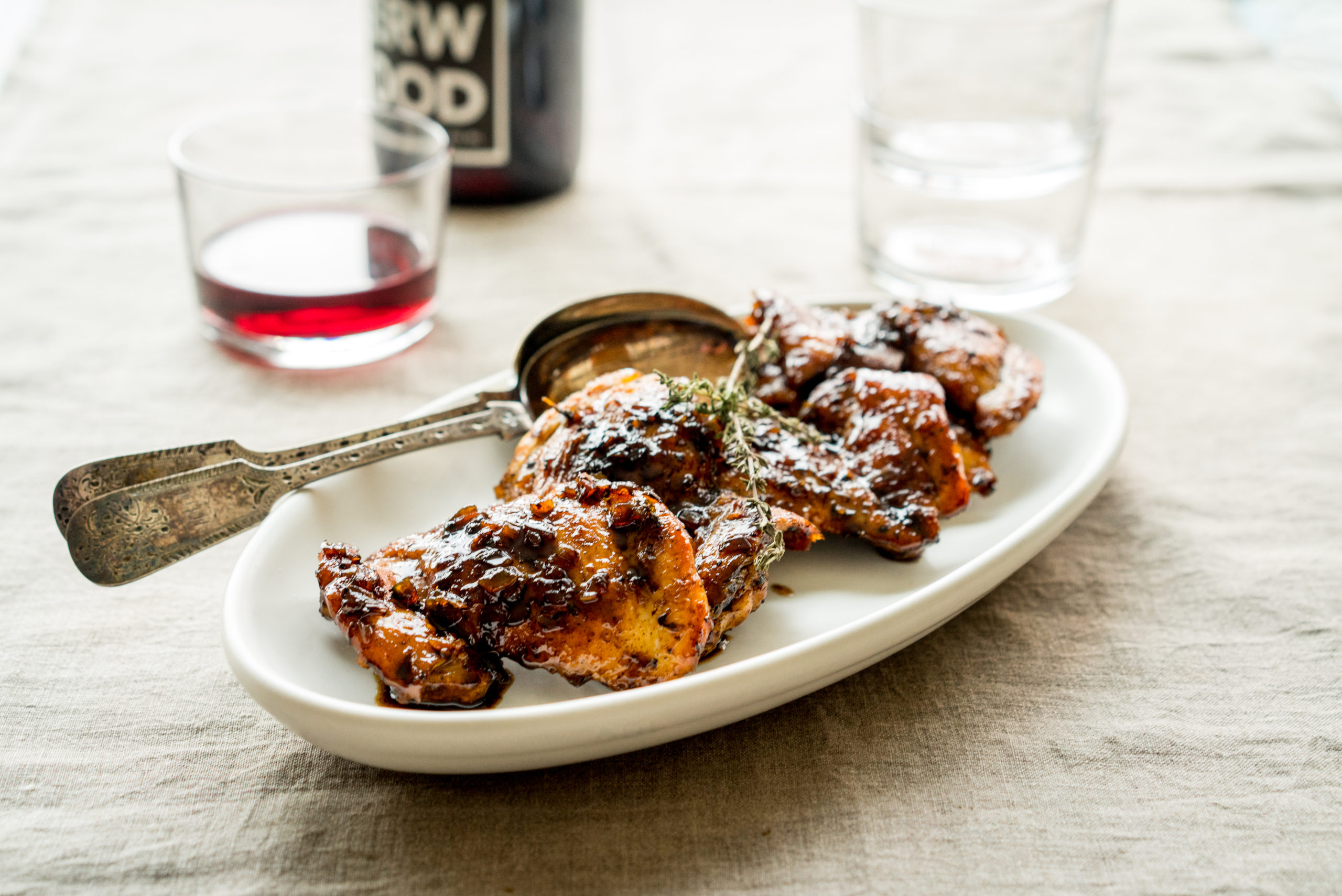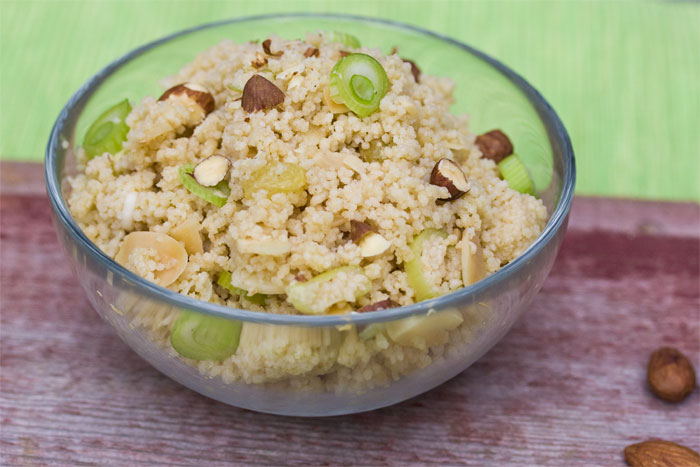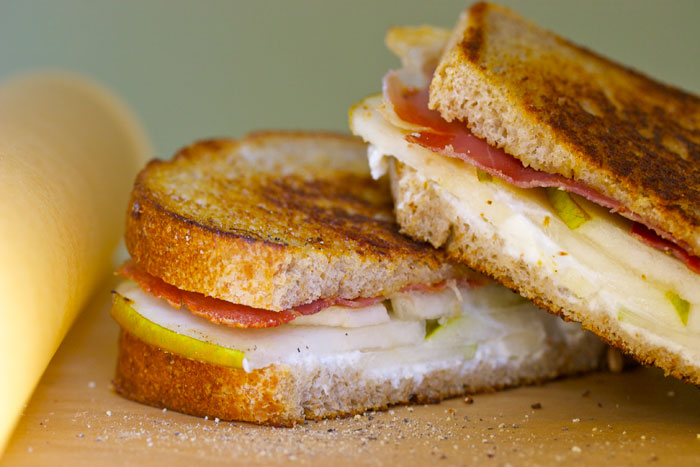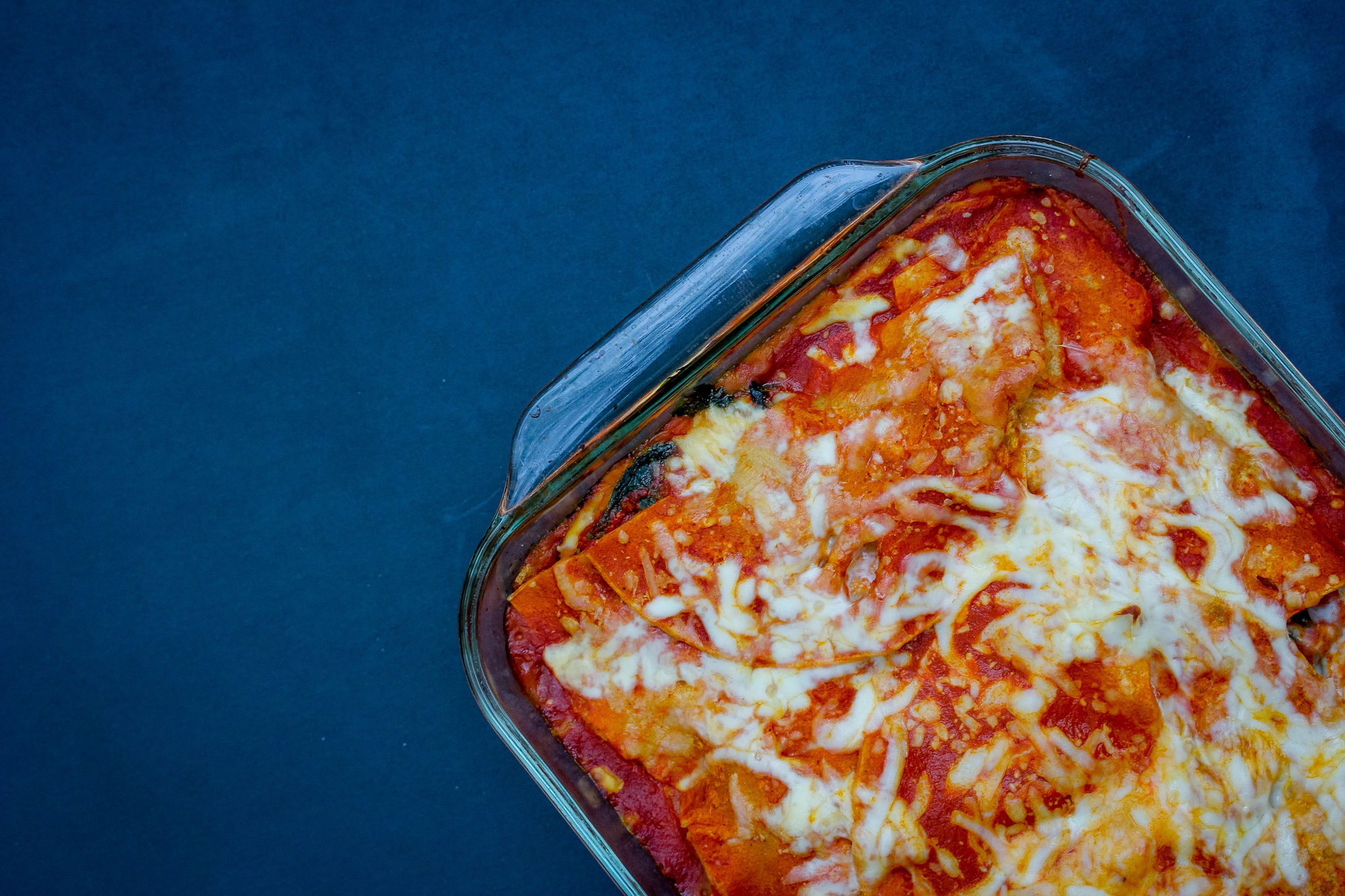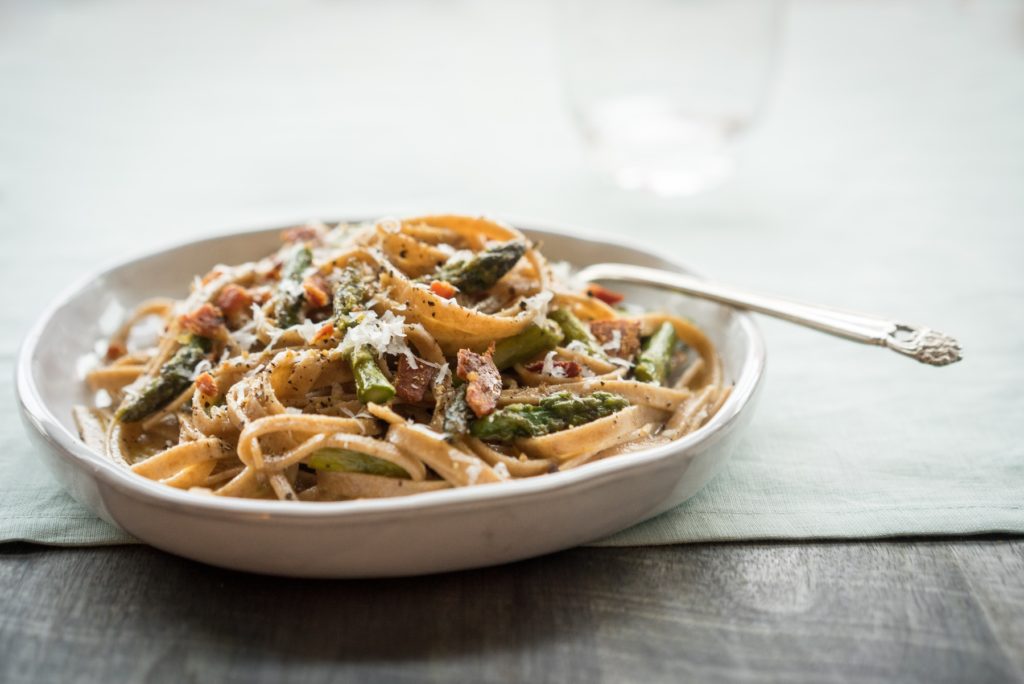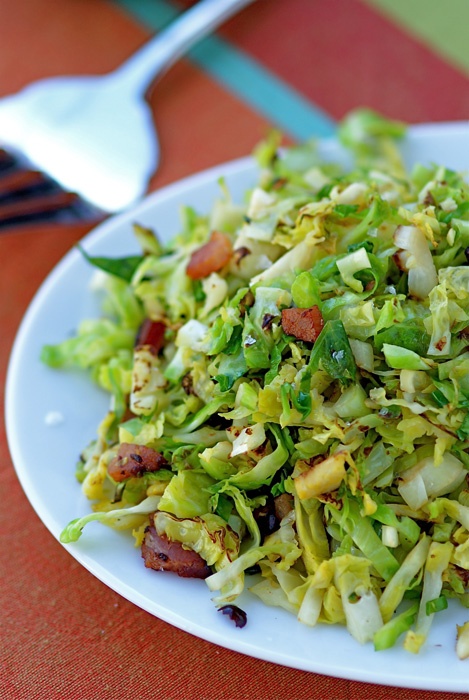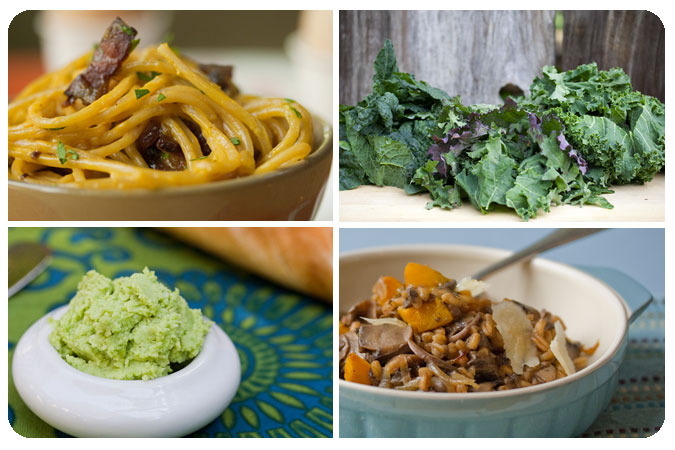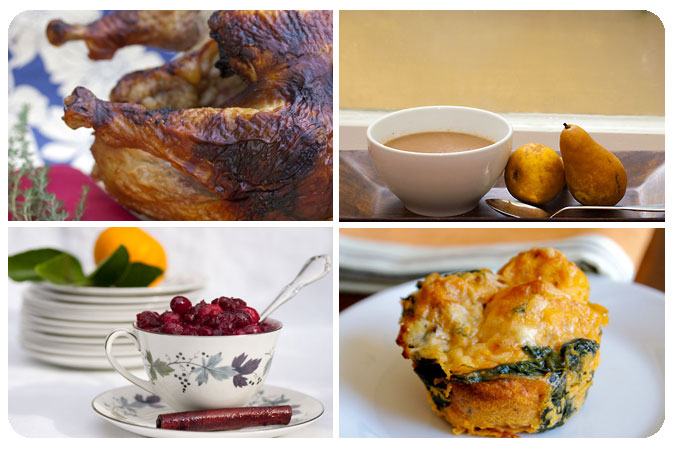Remember the time when “turkey” meant a big ball of a bird frozen solid at the supermarket and “apple” meant Red Delicious? Those days are long gone. Now, just as we have Gala, Macoun, Winesap and Granny Smith, so too do we have choices when it comes to turkey.
You’ve read the story about heritage turkey breeds, but what does all the rest mean? Here’s a closer look at what picks are out there to help you choose the bird that’s right for you.

Frozen
Frozen turkeys are flash-frozen immediately after processing and stored frozen until thawed at home, which, it’s estimated, over two-thirds of Americans do for their Thanksgiving meal. If a turkey is frozen quickly at its prime, it can be kept frozen for up to a year without too much decline in flavor or texture. The quality will depend more on the bird itself than on the fact that it’s frozen.
That said, the great majority of frozen whole turkeys on the market are the Broad Breasted White breed, which was bred for efficiency, not for flavor. Because frozen birds have a longer shelf life, they tend to be cheaper than fresh birds—something to keep in mind if you’re looking to break into the heirloom realm but are afraid it’ll break the bank.
Price and size: $1.40/lb. | 10 to 24 lbs.
Taste and texture: There’s no denying that freezing does damage the cells of meat. When ice crystals form between the muscles they can puncture cells and release their fluids, which is why there’s often a gelatinous pool of juices below a bird after you’ve defrosted it, and the meat will be drier as a result.
To offset the loss of moisture that occurs from freezing and thawing, frozen turkeys are often injected with a “plumping” solution of chemical preservatives, including sodium phosphate and modified food starch. So check the label if you want a preservative-free turkey.
Things to consider when buying: With fridge space at a premium during Thanksgiving, it’s essential to plan ahead with a frozen turkey. Be sure to allow enough time to thaw your turkey in the fridge (by far the safest way); a good guide is to allow one day thawing in the refrigerator for every five pounds of weight. And don’t forget to factor in an extra day if you’re brining (a good idea for adding moisture to a frozen and thawed bird . . . don’t be tempted to brine the bird when frozen).
Fresh
Since 1997, when the USDA tightened its definition of fresh poultry, a turkey labeled fresh must never have reached a temperature below 26 degrees Fahrenheit. Besides the obvious benefit of freed-up fridge space (no four day thaw needed), fresh birds may also come from more local sources due to their perishable nature.
Price and size: $1.25 – $1.60/lb. | 16 -24 lbs.
Taste and texture: A bird that has not been frozen will have meat that is more tender and moist, and may not require the extra step of brining.
Things to consider when buying: You may pay a premium for a fresh bird, but what you get (besides moister meat) is less hassle. No need to take up the fridge for the better part of a week with defrosting and brining. Though, depending where you live, you may need to pre-order a fresh bird from your butcher.
Natural
For food to be labeled “natural” it cannot contain artificial ingredients or color and is, theoretically anyway, minimally processed. Know, though, that the term has nothing to do with what the animal was fed or whether antibiotics or growth hormones were used. And don’t assume “natural,” nonartificial ingredients are ones you’d recognize; ingredients legally termed natural by the USDA include all sorts of modified derivatives of things like corn and soy.
Price and size: $1.79 – $4.00/lb. | 12-22 lbs.
Taste and texture: Because the term can mean so many things, generalizing a flavor profile for a “natural” bird is nearly impossible.
Things to consider when buying: It’s up to the producer to specify what they’re defining as “natural.” There are no legal definitions other than the exclusions above. That said, those pasture-raising their turkeys or raising heritage breeds will likely state so on the label along with the “natural” tag. So read carefully before you buy.
Free-Range / Pasture-Raised
While most people think free-range and pasture-raised to be synonymous, that isn’t technically the case. Free-range only means that the producer can prove to the USDA inspectors that its turkeys have had access to the outdoors. Under the legal term, it’s feasible that free-range turkeys may never have seen the light of day. Pasture-raised means that the turkey was raised outside on, primarily, a natural diet (according to what Mother Nature deems natural, not the USDA), but the term itself is not regulated.
Price and size: Free Range $2.70 – $3.50/lb. / Pasture-Raised $5.30 – $6.50/lb. | 9 – 13 lb.
Taste and texture: Because the birds have been raised outside on a more varied diet, they will be leaner and richer in flavor.
Things to consider when buying: If you’re concerned about the turkey being too lean, you may want to brine it for extra moistness.
Kosher
Kosher turkeys have been processed under rabbinical supervision. They may be free-range, organic, all natural or none of the above.
Price and size: $3.10 – 3.56/lb. | 12-18 lbs
Taste and texture: The meat on a Kosher turkey is slightly plumper due to the salting process, with a slightly briny flavor.
Things to consider when buying: Because these birds are salted during the koshering process, they should not be brined.
Organic
By definition, USDA-certified organic turkeys must have been raised on organic feed without antibiotic intervention or growth hormones.
Price and size:
$6.50/$7.00 lb. and up | 10-20 lbs
Taste and texture: Firm, with a clean flavor
Heirloom
Heirloom is a term that is generally synonymous with heritage when it comes to turkeys. But it is not strictly defined, and can encompass blends of heritage breeds crossed with more modern ones.
Price and size: $3.50/lb. and up | 10-24 lbs
Taste and texture: Heirloom birds—whether pure heritage breeds or a blend—have leaner, richer-flavored dark meat.
Things to consider when buying: Heirloom crosses tend to be less expensive than heritage breeds and have more white meat, making them a good choice if you’re curious about heritage but skittish about pleasing palates used to Butterballs.
Heritage
A heritage turkey is one of roughly a dozen breeds popular in earlier eras, many of which now are close to extinction. For specific characteristics of heritage birds, and more history, see A Story of Heritage Turkey.
Price and size: $10.00 – $20/lb. | 12-20 lbs
Taste and texture: These birds have a wilder, richer flavor and leaner meat than other turkeys. The dark meat, especially, is more reminiscent of duck than chicken.
Things to consider when buying: Know that your heirloom bird won’t look like a Butterball. It will have a pup-tent breast, longer, leaner legs, and will likely have dark dots and spots along the skin from pin-feathers. Know, also, that most farmers who raise heirloom breeds are in it for the passion; that the bird was originally bred (at least partially) for taste; and that along with the high price tag comes the knowledge that you’re preserving a part of our country’s past.
